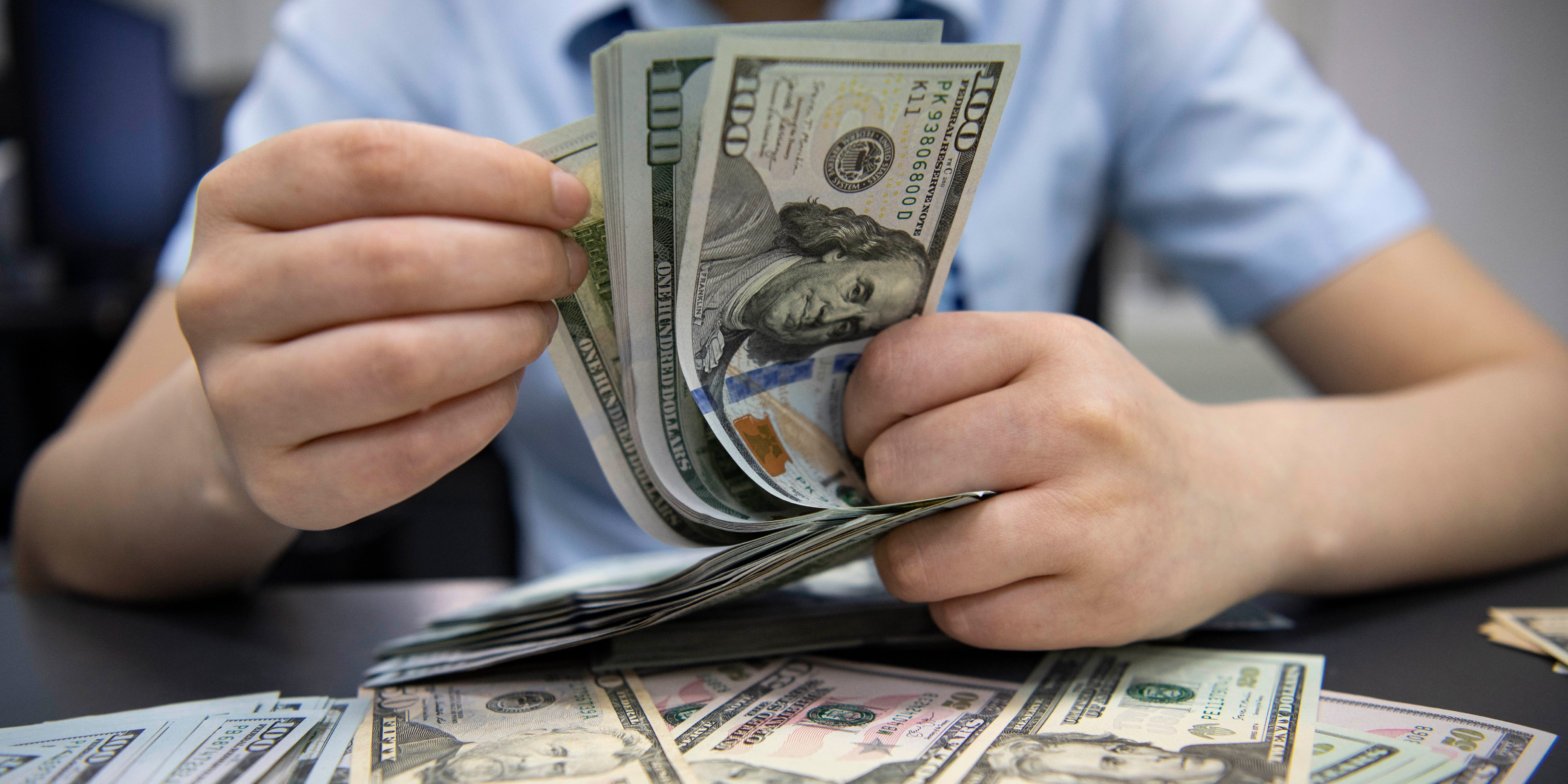US dollars and Treasurys still remain global safe havens, according to Goldman Sachs.The comments came after Fitch downgraded US debt to AA+ from AAA.”Investors still need to turn to Treasuries when they need safety in a hurry,” Goldman said. Loading Something is loading.
Thanks for signing up!
Access your favorite topics in a personalized feed while you’re on the go.
The US dollar and Treasury bonds remain global safe havens for investors, even after Fitch downgraded the US government’s debt, according to Goldman Sachs.
Fitch downgraded US debt to a AA+ rating from AAA earlier this week due to the federal government’s tendency to have a political fight when the debt ceiling needs to be raised.
The downgrade came 11 years after S&P downgraded the US to AA+ for similar reasons. Moody’s is the only rating agency that still gives the US at a triple-A rating.
But Goldman Sachs isn’t worried about the debt downgrade, and believes that any flight to quality by investors will overwhelmingly favor US dollars and Treasury bonds. That lines up with recent comments from Berkshire Hathaway chief Warren Buffett and JPMorgan CEO Jamie Dimon.
“We do not believe that there are any meaningful holders of Treasury securities who will be forced to sell due to a ratings downgrade,” Goldman Sachs economist Michael Cahill said in a Thursday note. “And, by definition, there is limited supply of AAA sovereigns elsewhere.”
In fact, the countries that have top scores at the three main ratings agencies include the likes of Germany, Denmark, Netherlands, Sweden, Norway, Switzerland, Luxembourg, Singapore and Australia. And their debt markets aren’t as deep or liquid as the one for US Treasurys.
“Investors still need to turn to Treasuries when they need safety in a hurry. For similar reasons, the dollar remains the safe-haven currency in a yields up, equities down market, which was a key part of the dollar’s outperformance in 2022,” Cahill added.
That was on full display on Wednesday, as the US Dollar Index rose 0.30% while stocks fell in the aftermath of the Fitch debt downgrade.
Going forward, Goldman Sachs expects any depreciation in the US dollar to be “shallow and bumpy.”
“Overall, we think it is hard for the dollar to decline meaningfully when US activity is outperforming, the policy outlook is not that divergent, and US total capital return prospects still offer a strong buffer relative to the major ‘challengers’ in the Euro area and China,” he said.
